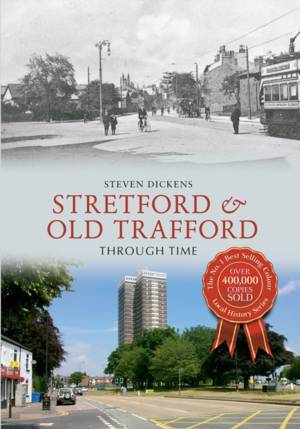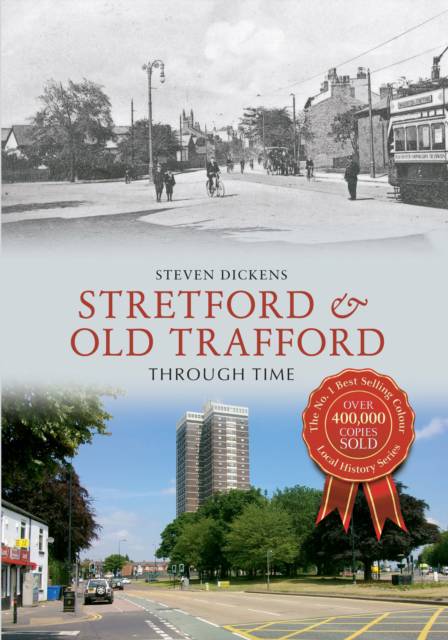
- Afhalen na 1 uur in een winkel met voorraad
- Gratis thuislevering in België vanaf € 30
- Ruim aanbod met 7 miljoen producten
- Afhalen na 1 uur in een winkel met voorraad
- Gratis thuislevering in België vanaf € 30
- Ruim aanbod met 7 miljoen producten
Zoeken
€ 22,45
+ 44 punten
Omschrijving
The districts of Stretford and Old Trafford are today best known for their sporting links to the football ground of Manchester United and the Lancashire county cricket ground. However, their histories are much more extensive than these (admittedly more famous) connections. With its foundation beginning alongside Watling Street and Roman Manchester, Stretford has been an important area of agricultural production, once being labelled the 'garden of Lancashire.' Cotton weaving was an important industry and pig farming was so influential that Stretford was nicknamed 'Porkhampton'. With the development of Trafford Park came urban growth, and Stretford received its charter in 1933. The photographs in this book detail the main changes of the last century, placing them in a broader historical context and showing the parts that trade, industry and transport have played in the development of Stretford and Old Trafford.
Specificaties
Betrokkenen
- Auteur(s):
- Uitgeverij:
Inhoud
- Aantal bladzijden:
- 96
- Taal:
- Engels
- Reeks:
Eigenschappen
- Productcode (EAN):
- 9781445615080
- Verschijningsdatum:
- 15/07/2014
- Uitvoering:
- Paperback
- Formaat:
- Trade paperback (VS)
- Afmetingen:
- 165 mm x 231 mm
- Gewicht:
- 317 g

Alleen bij Standaard Boekhandel
+ 44 punten op je klantenkaart van Standaard Boekhandel
Beoordelingen
We publiceren alleen reviews die voldoen aan de voorwaarden voor reviews. Bekijk onze voorwaarden voor reviews.








